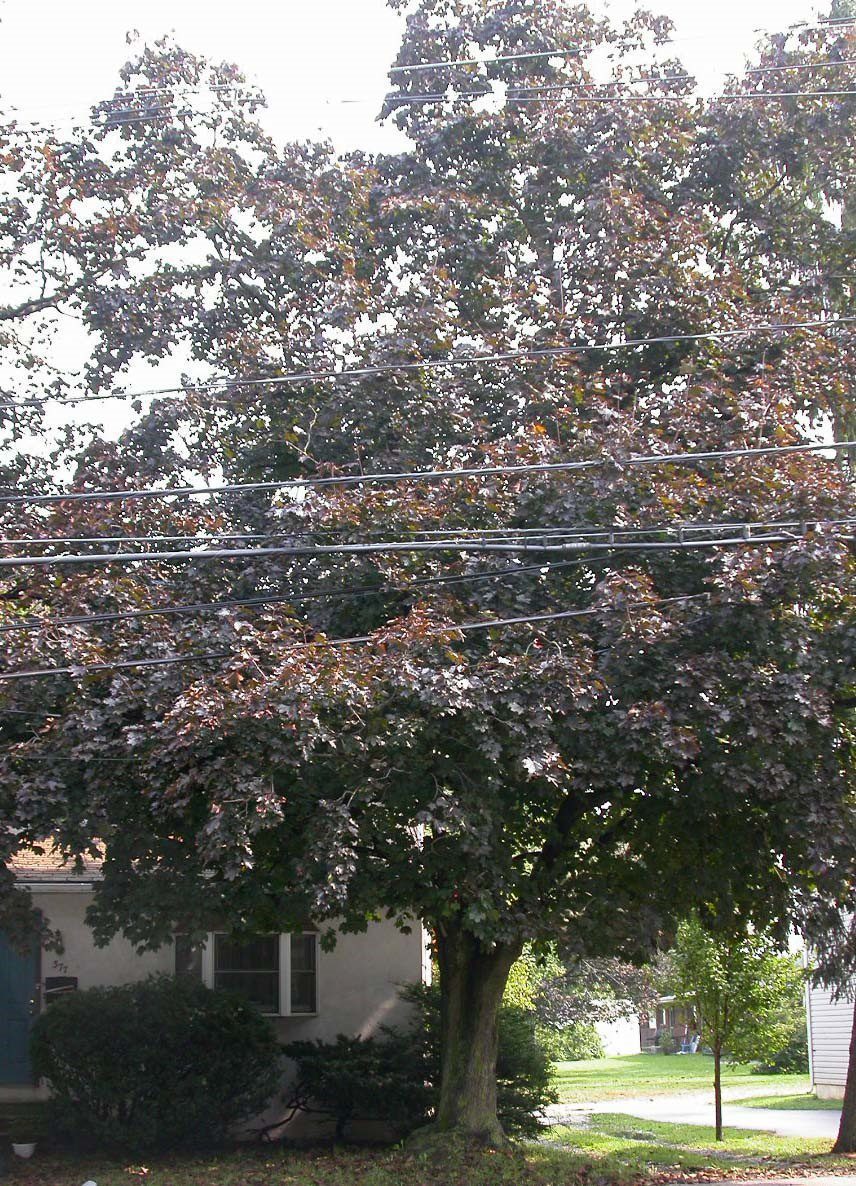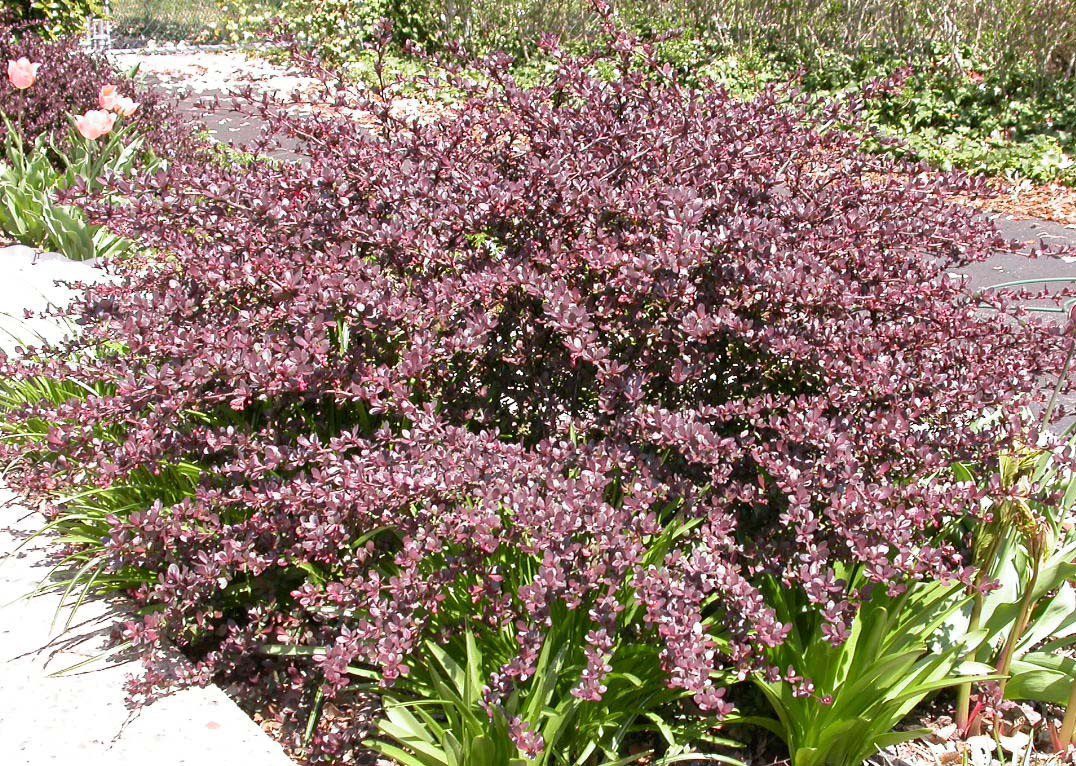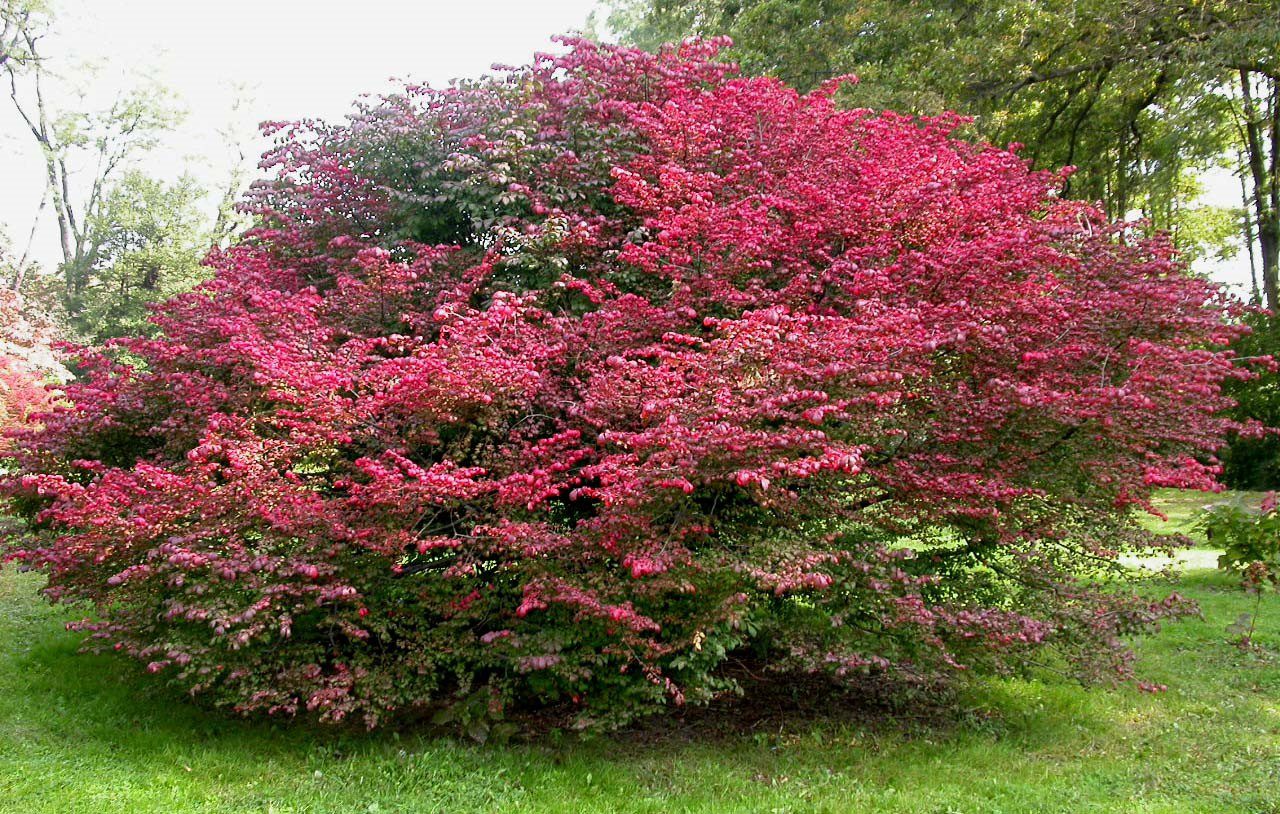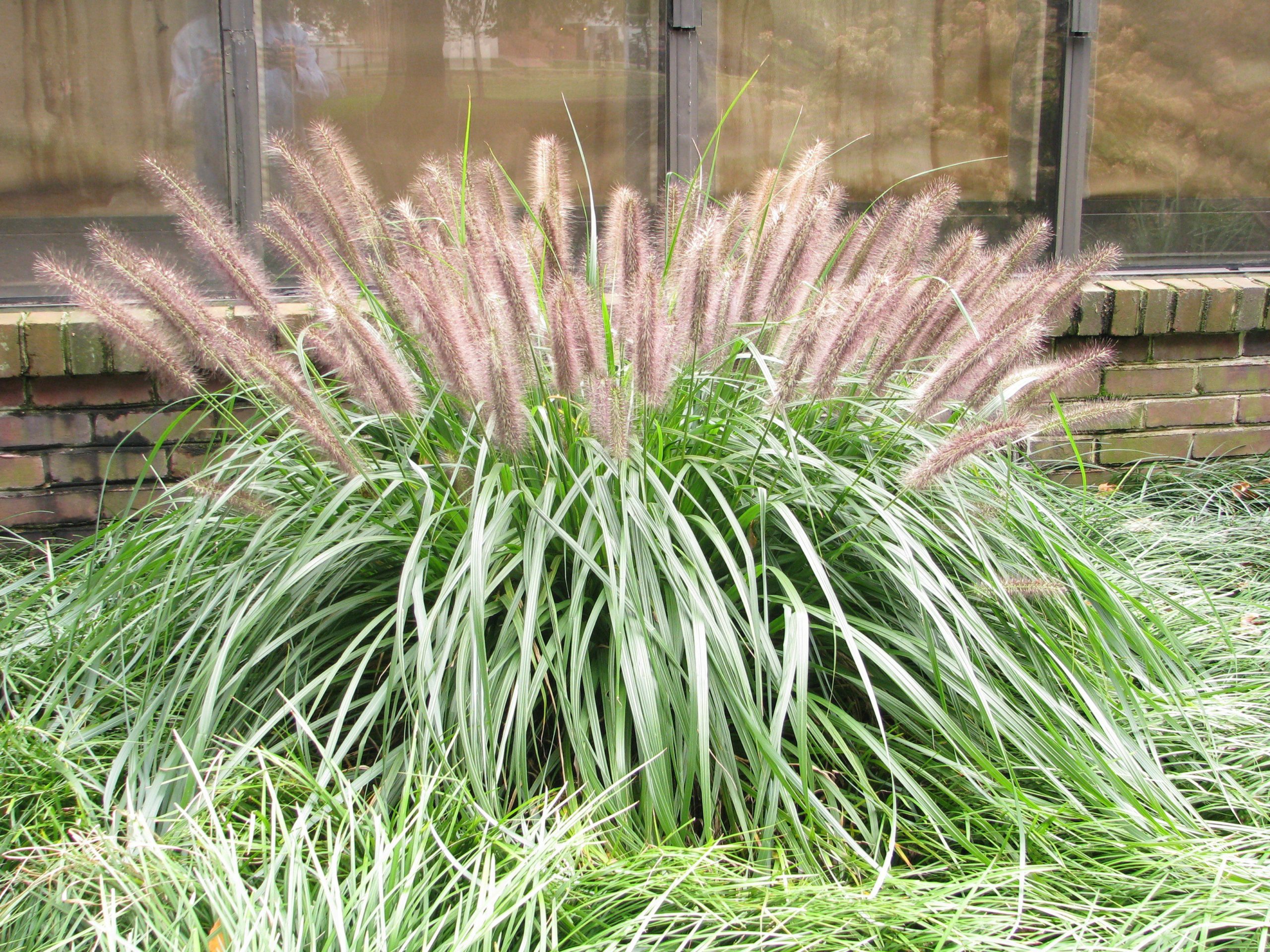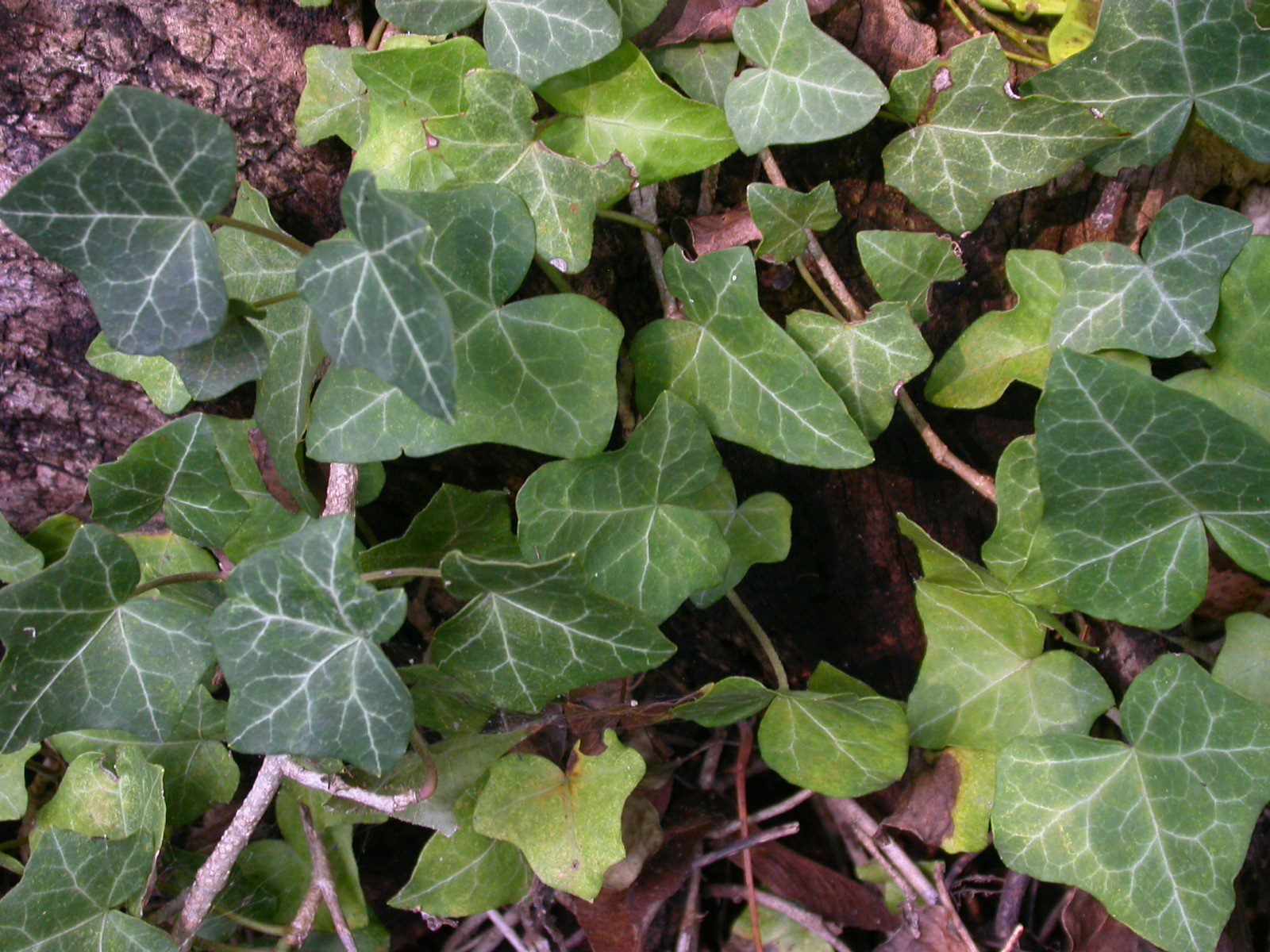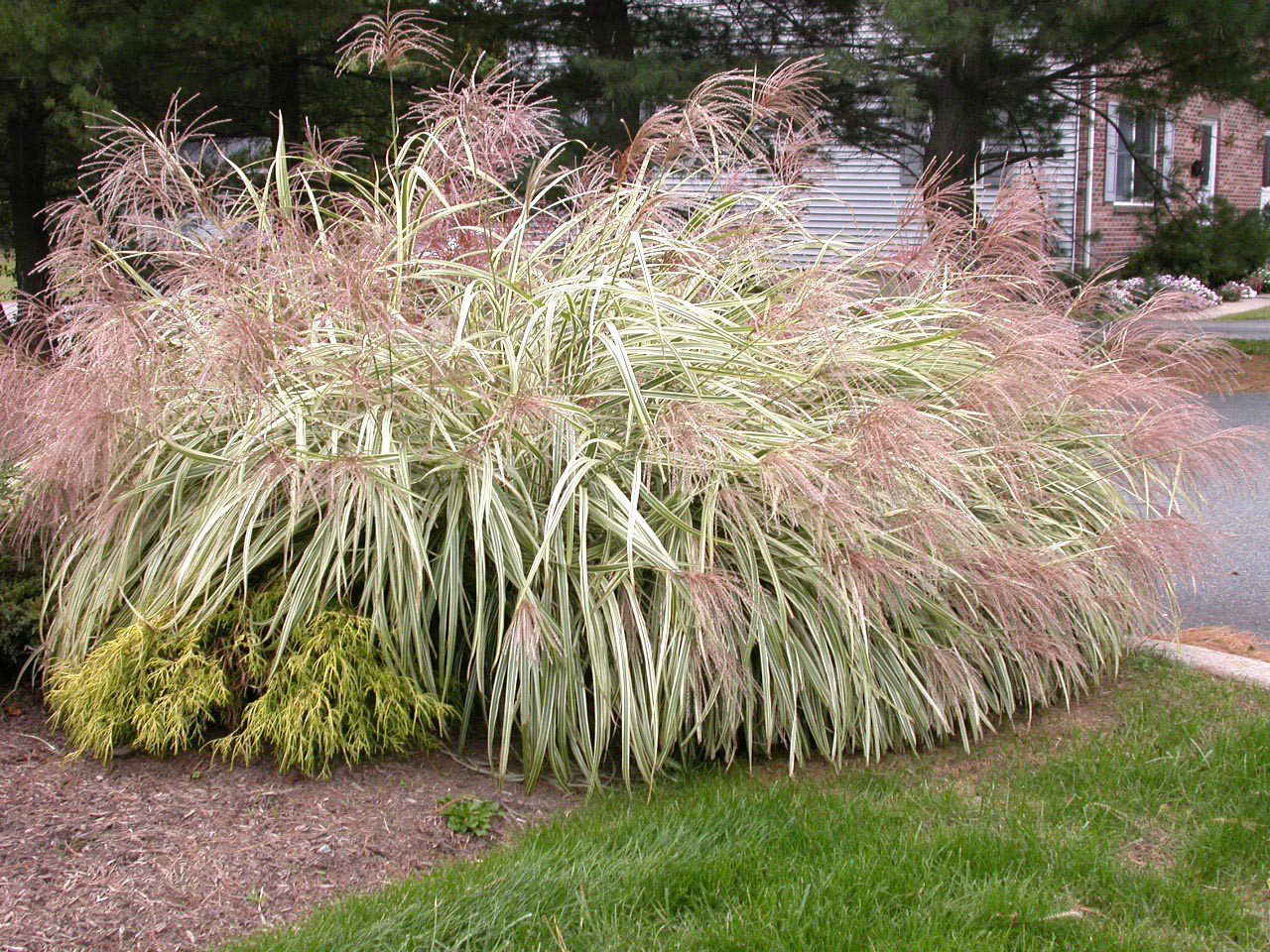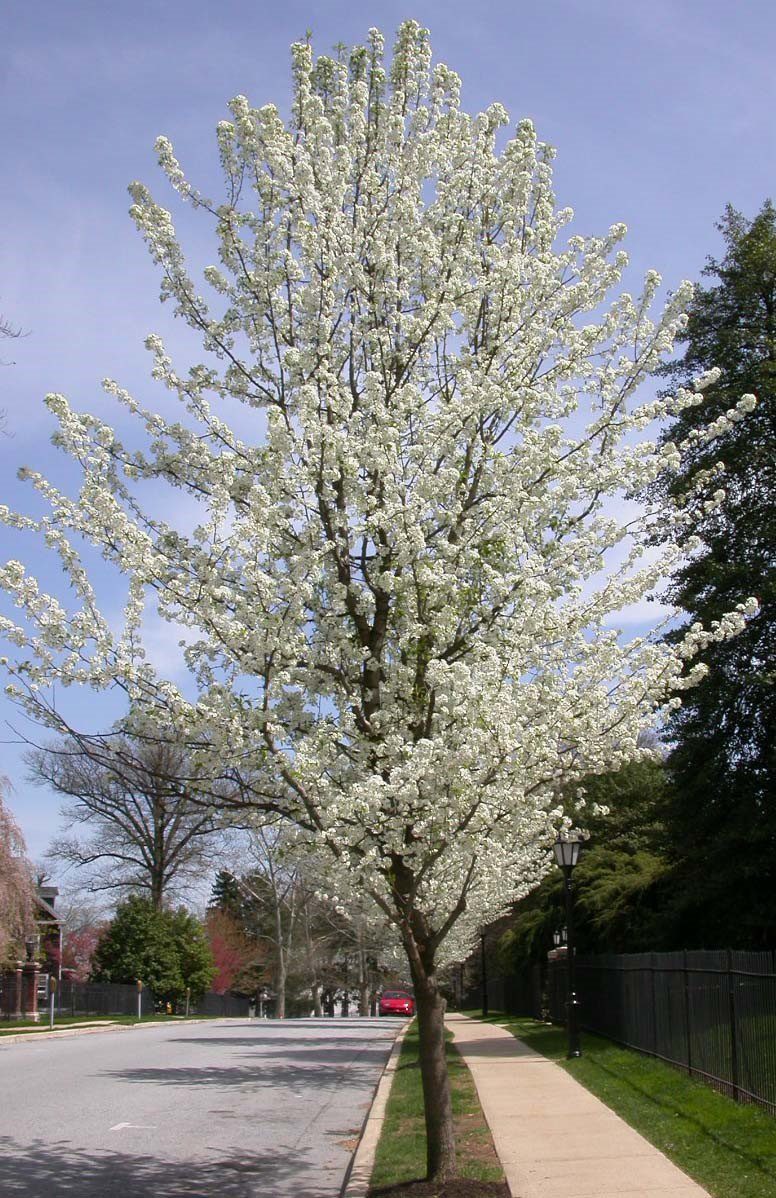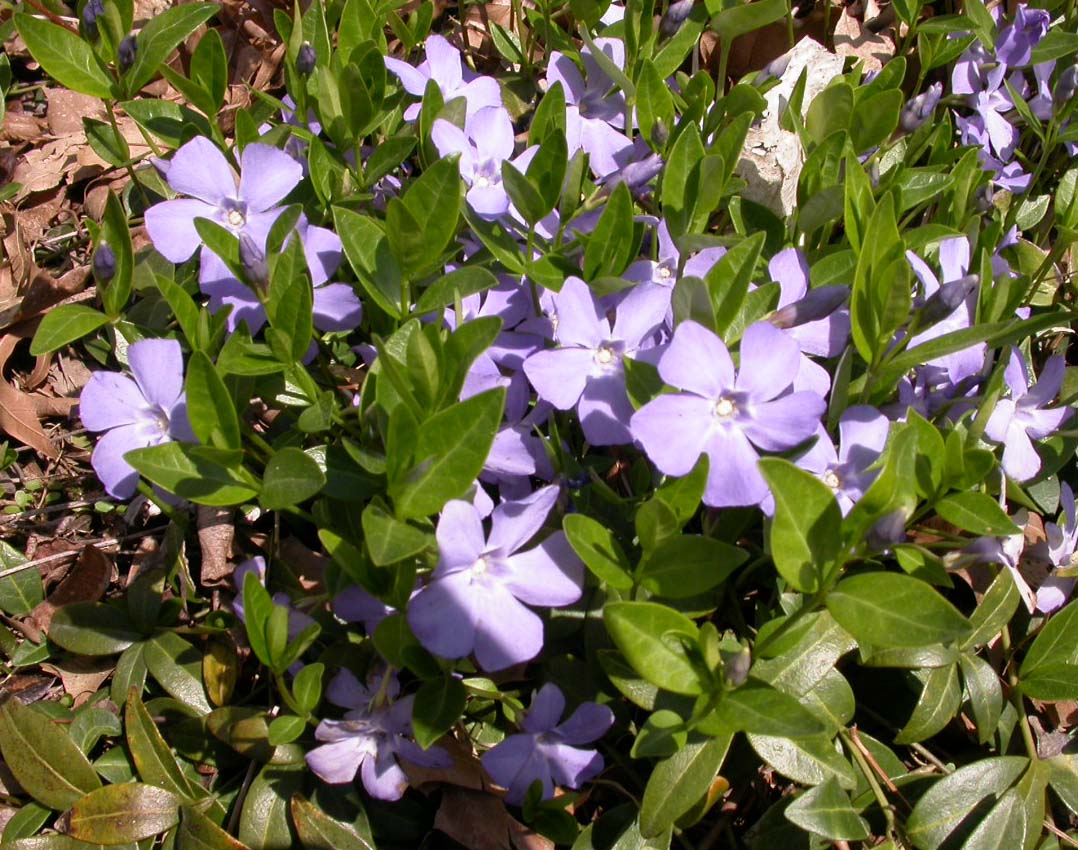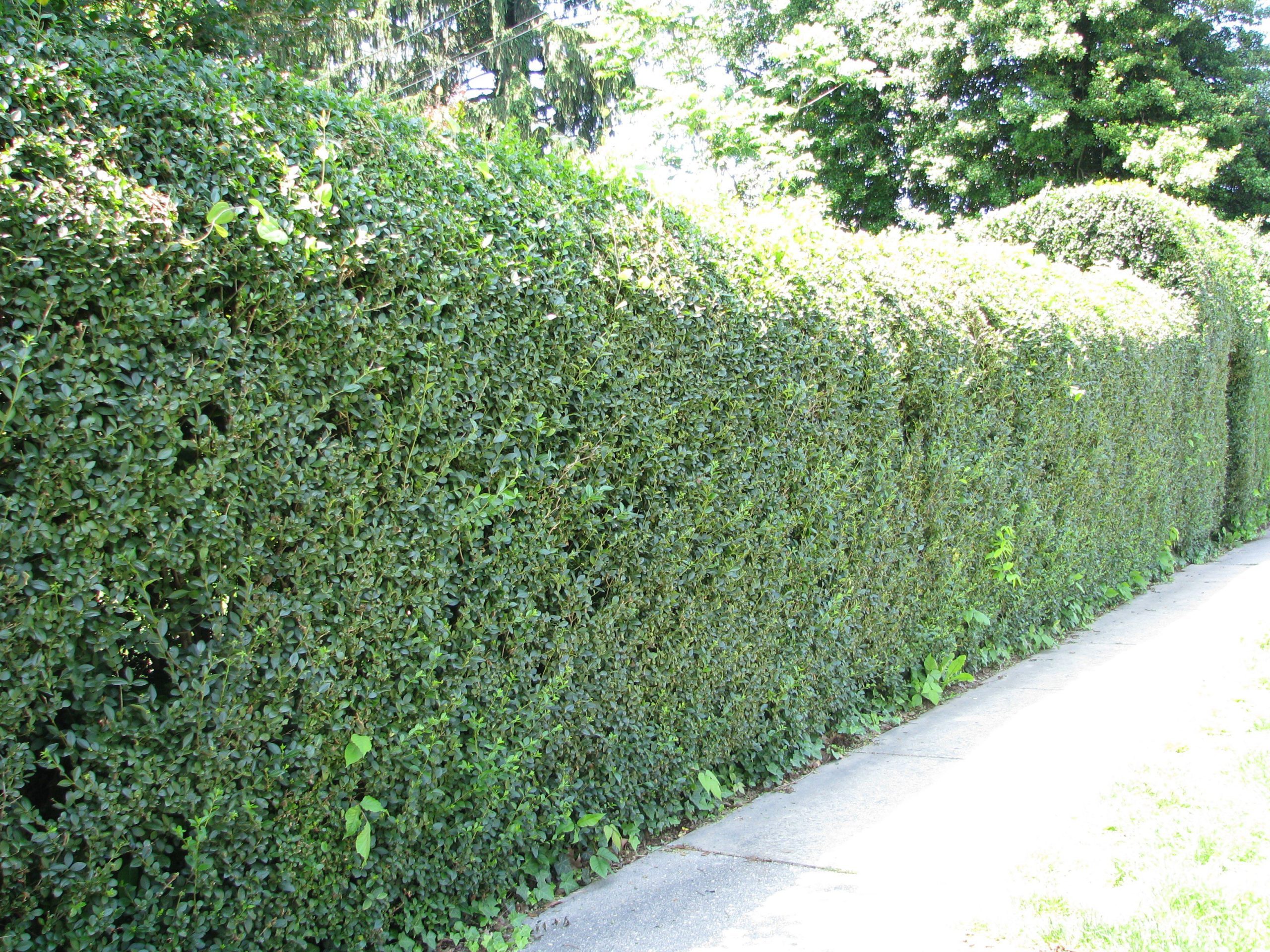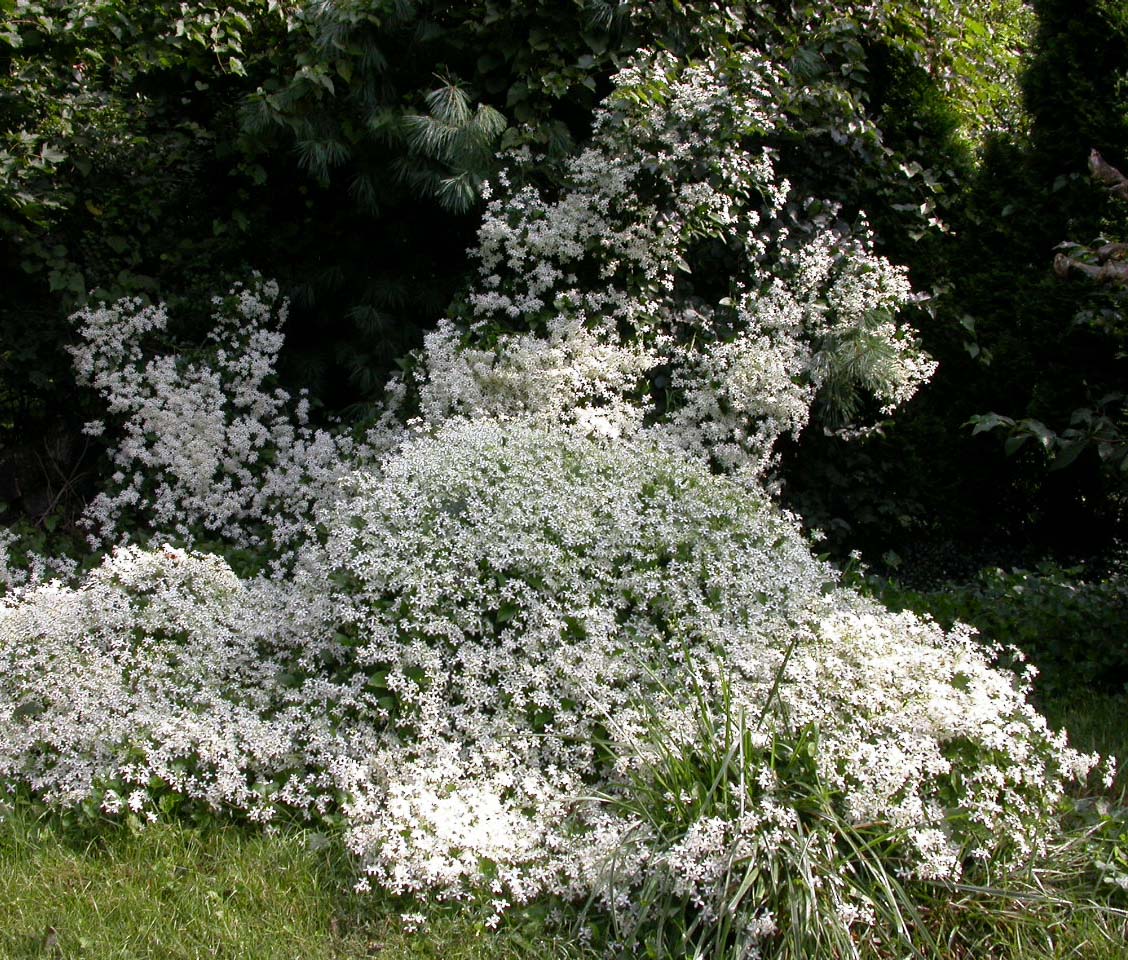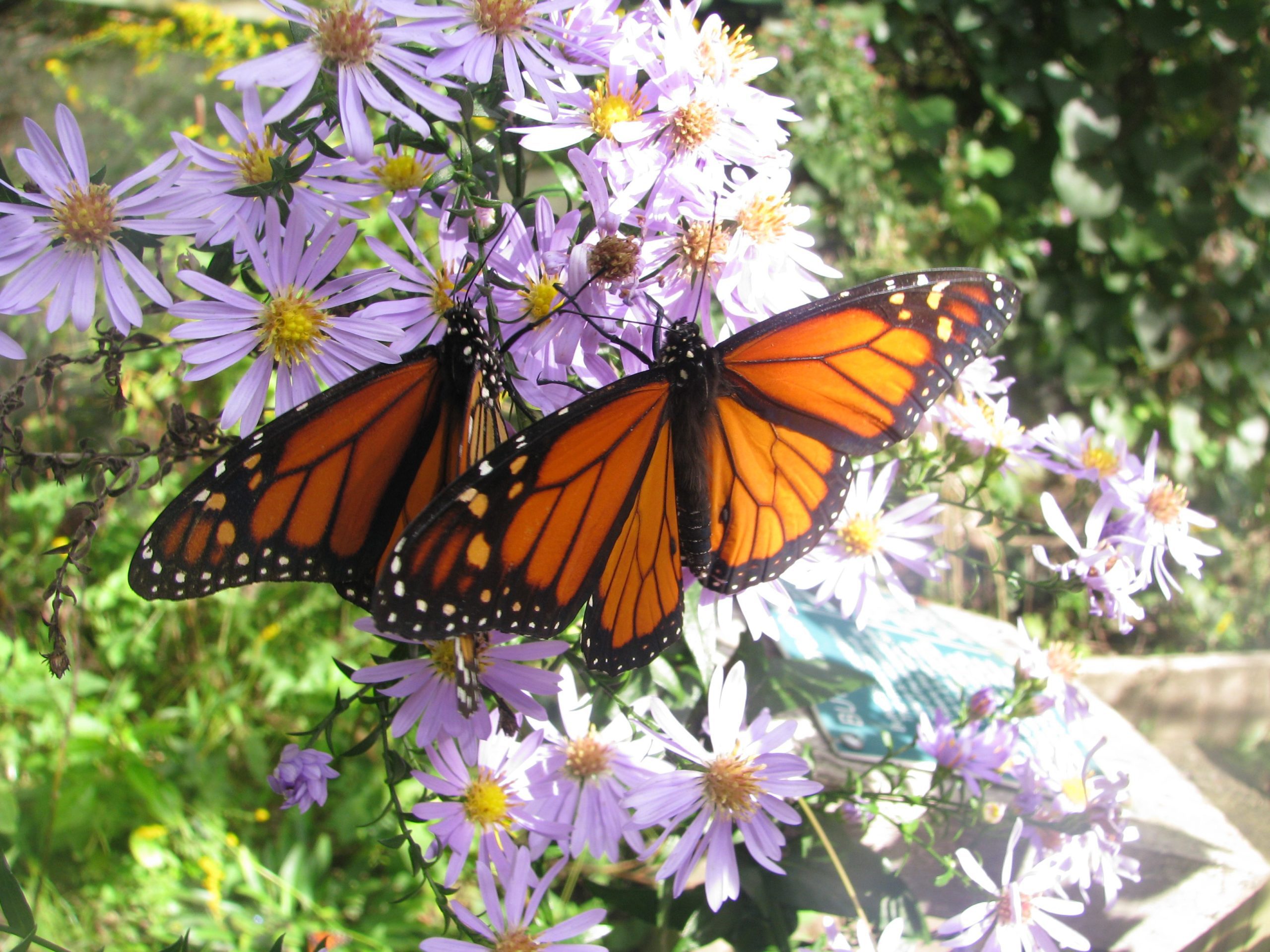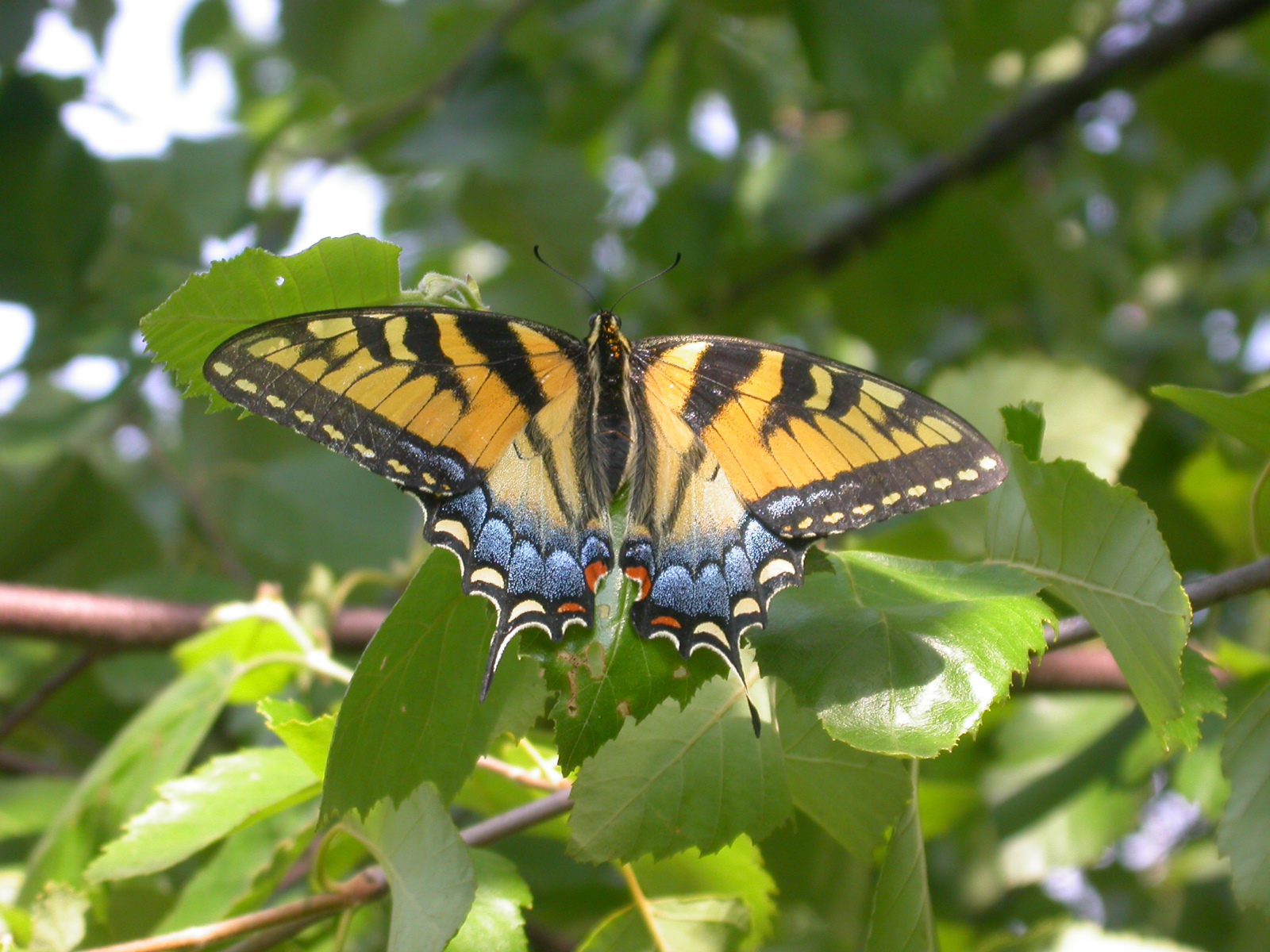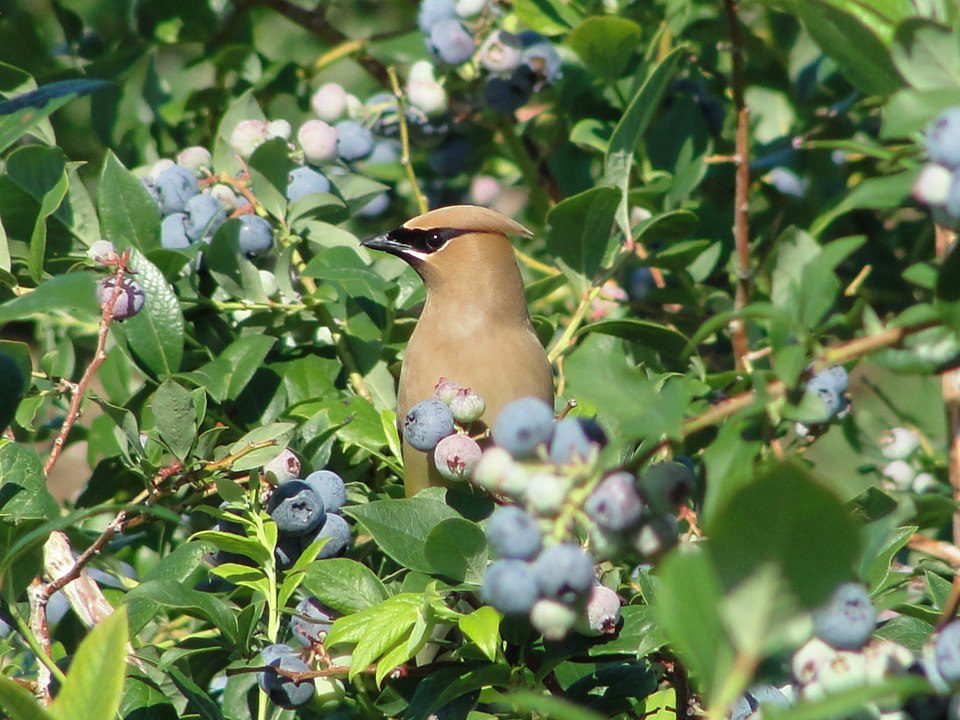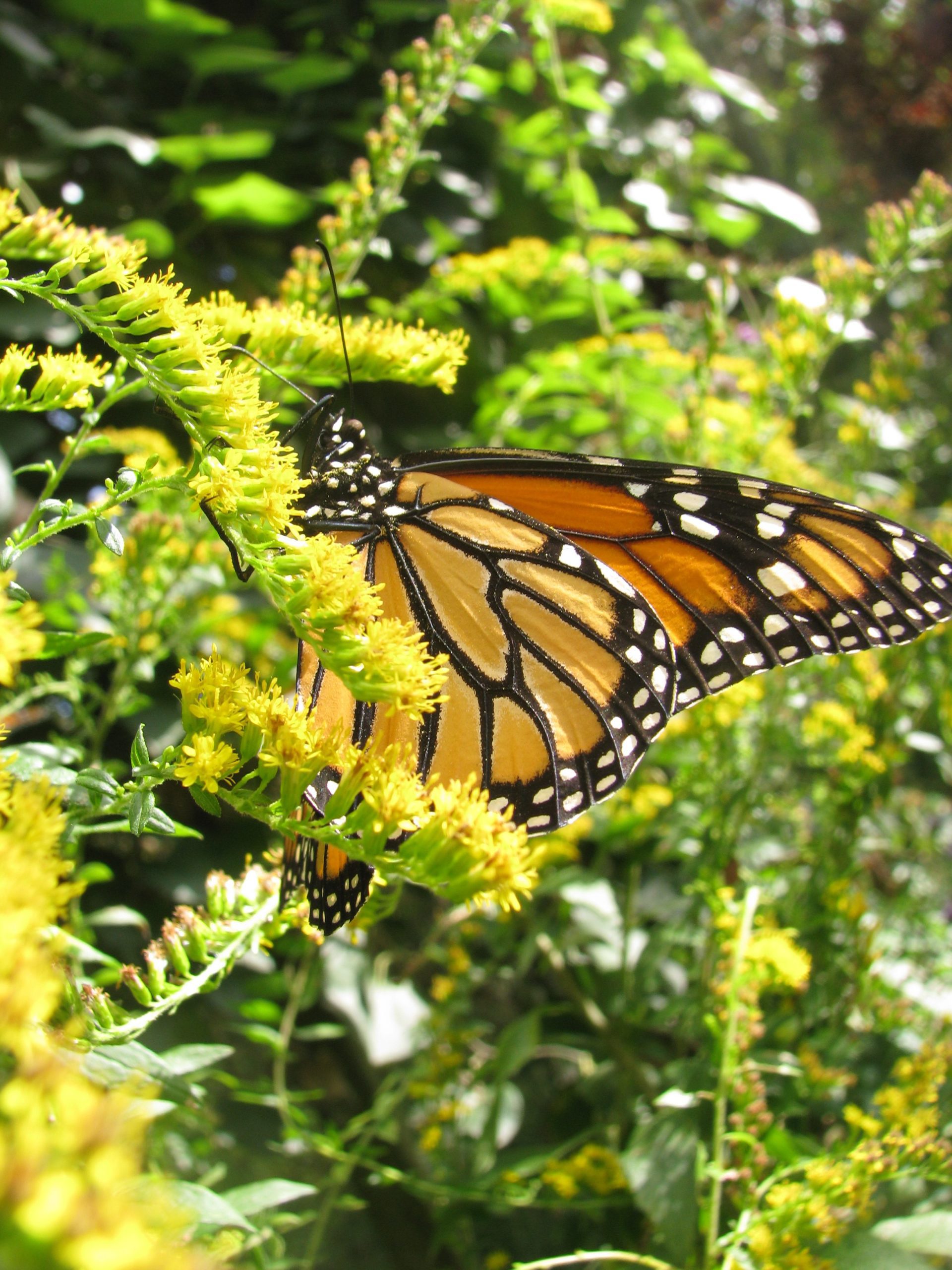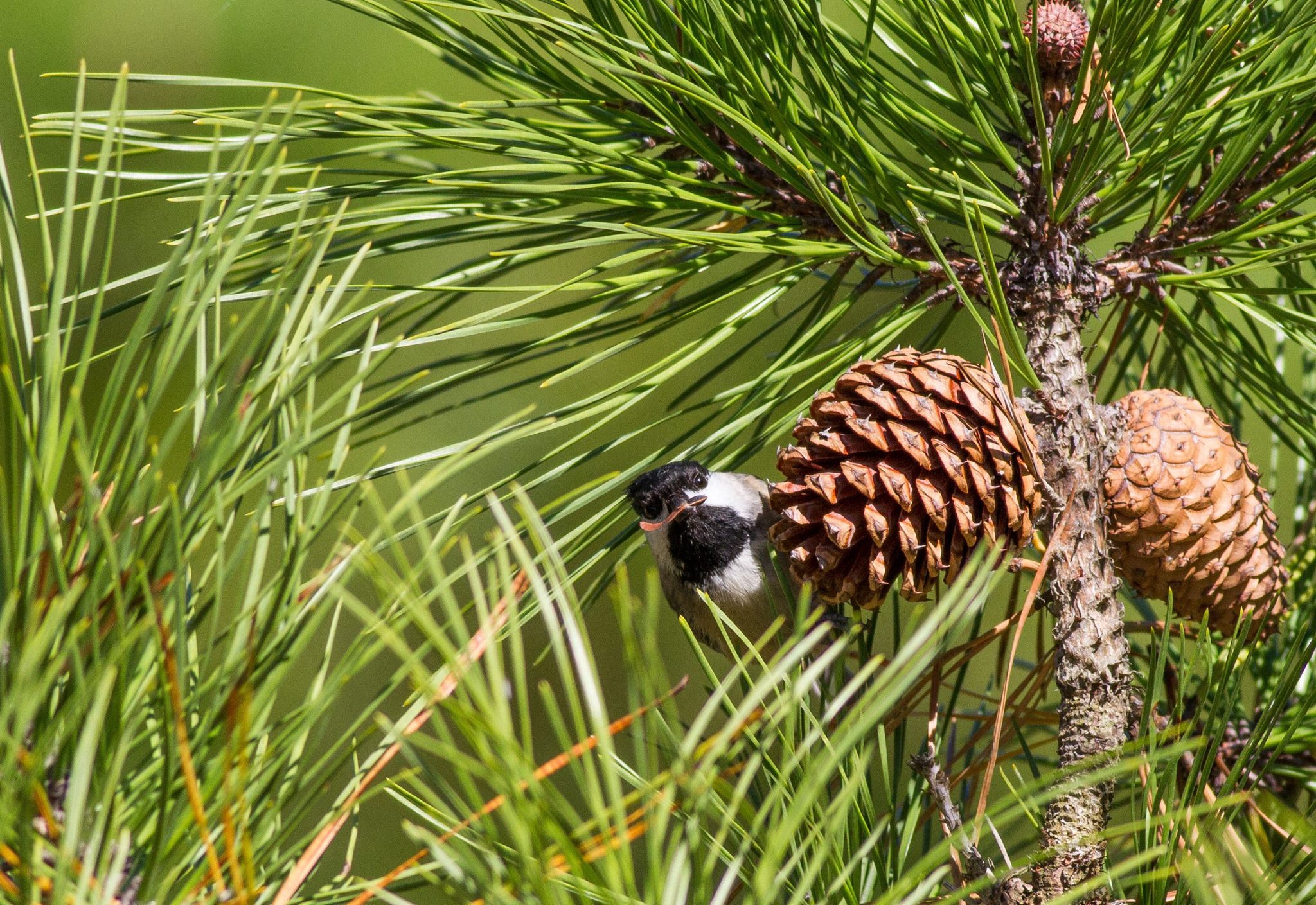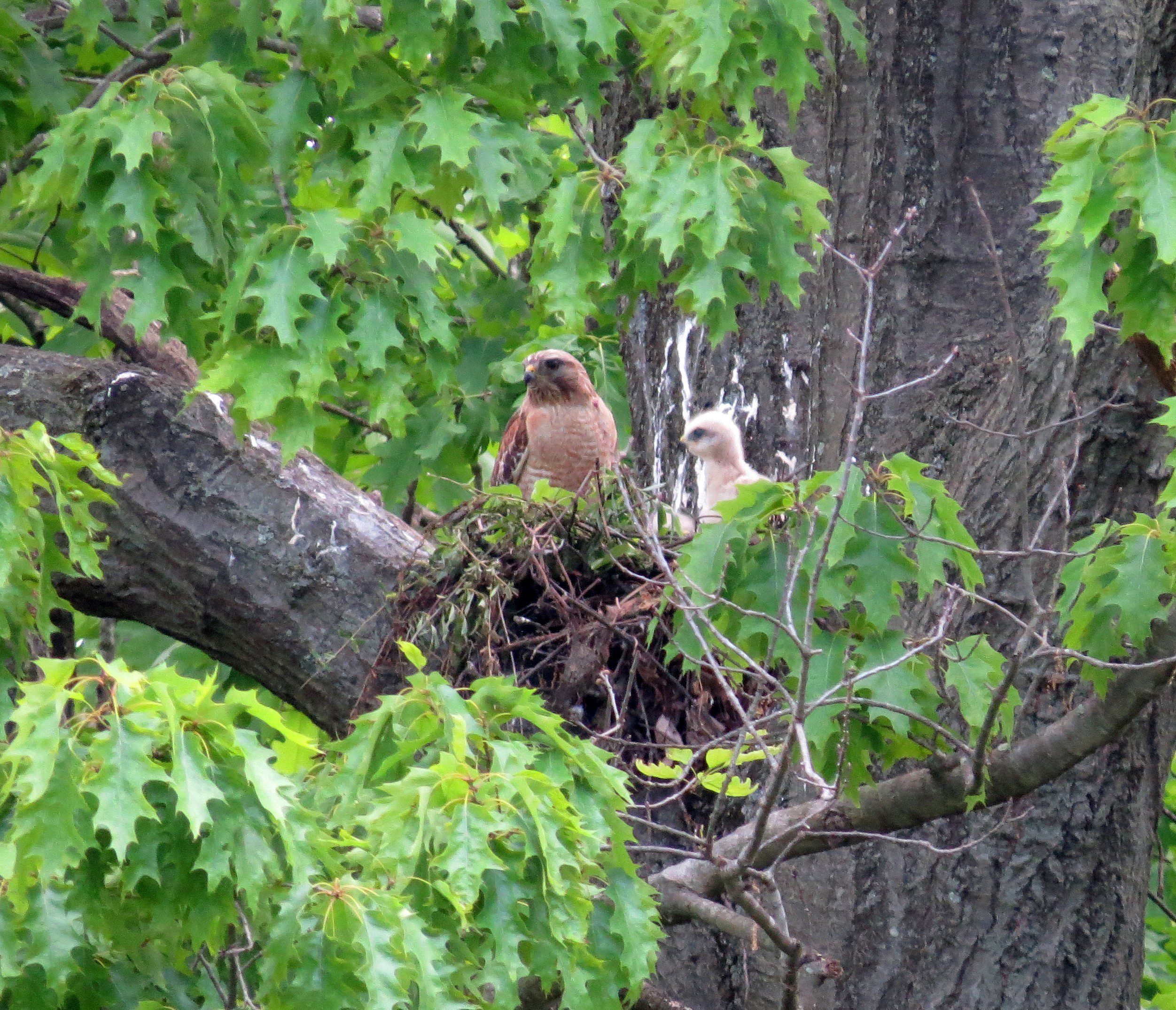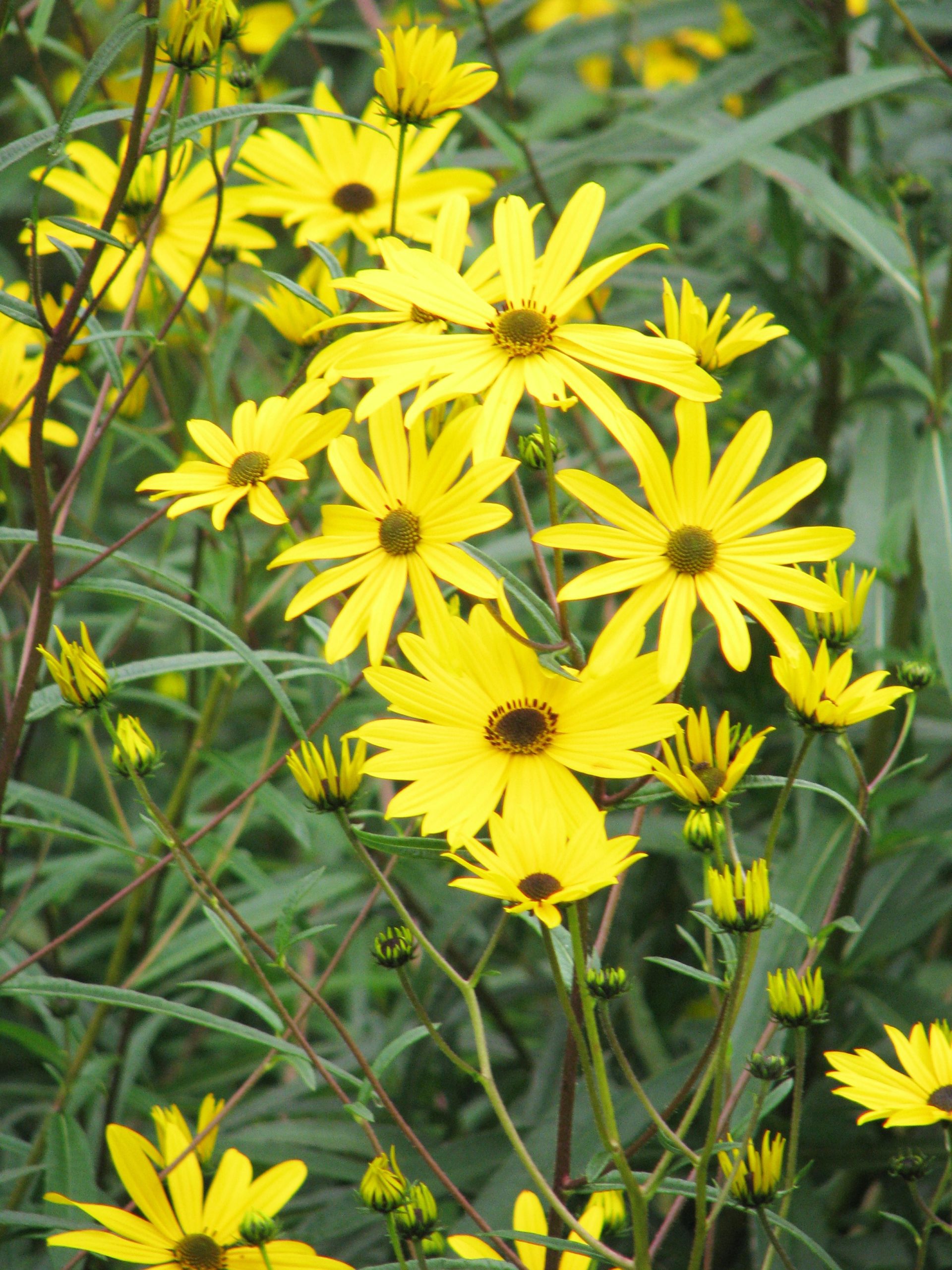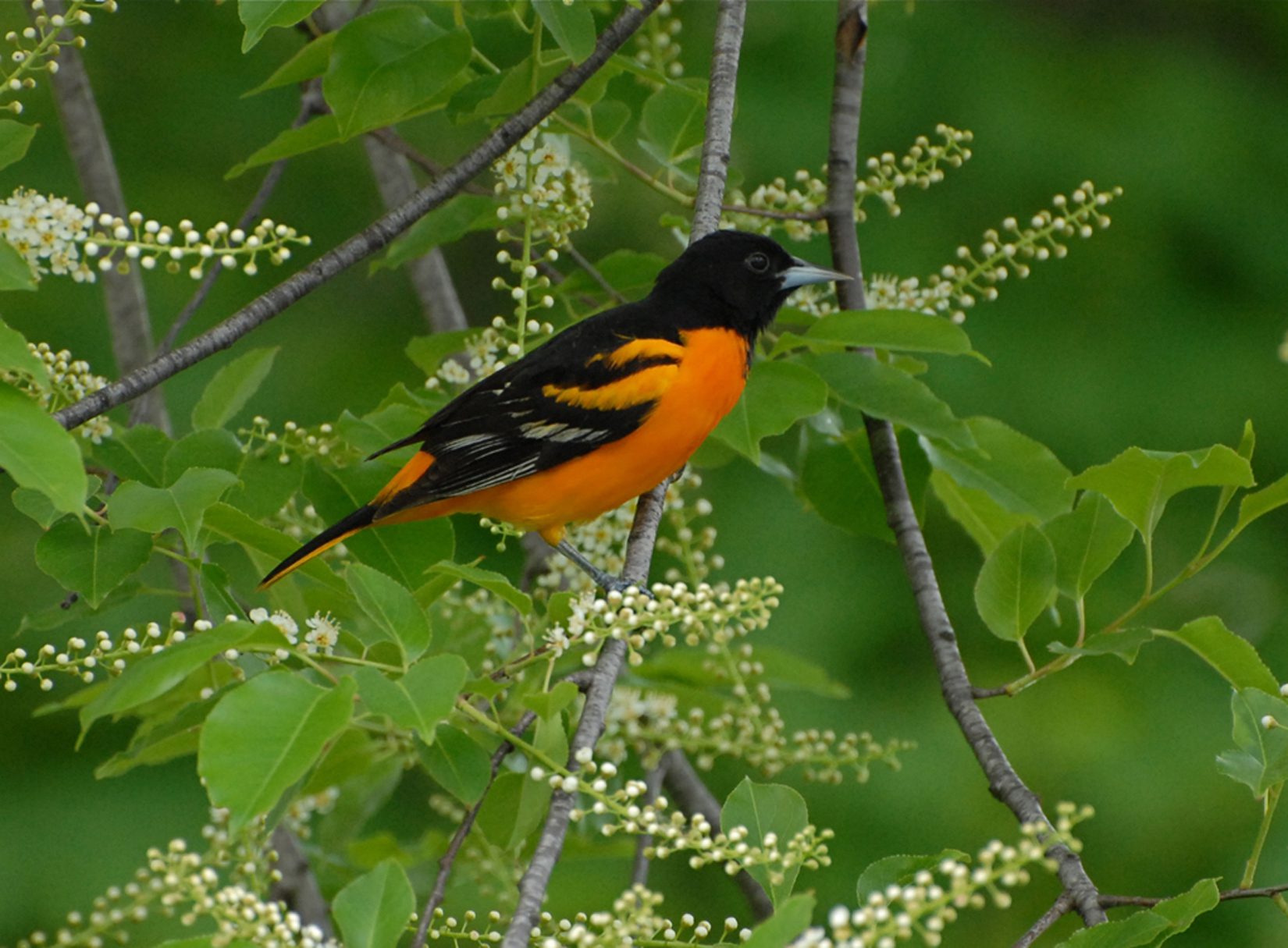Is it a native plant or invasive? How do I tell the difference?
Perhaps you’ve been hearing some rumors about something called invasive plants. It sounds like something from a horror movie “Attack of the killer plants from outer space”! Is this a real thing or just a hoax perpetuated by Martians? Sadly, invasive plants are very real and a serious threat to our natural areas. However, unless you are a plant nerd like me, you probably need some help to understand the situation.
Native plants were growing in our region before European settlement, they have co-evolved with our birds and insects to provide nutrition for raising babies, migration, and other key tasks. Non-native plants were NOT growing in our region before European settlement and have not co-evolved with our birds and insects. By definition, an invasive plant is BOTH non-native AND whose introduction has or is likely to cause economic harm, environmental harm or harm to human health (defined in the 1999 Presidential Executive Order 13112). Although this article will focus on invasive plants, other invasive species include animals (Asian Carp), insects (Spotted Lantern Fly), and even pathogens (Asian Chestnut blight).
What kind of harm can an invasive plant do?
Invasive plants can destroy or contaminate crops and cause quarantines. Economic damages to agriculture, tourism and outdoor recreation are estimated to total $137 billion per year in the United States. Changes to the plant community due to the presence of invasive plant species can increase the danger of wildfires, changes in pollen can exacerbate respiratory illnesses, and plants can serve as vectors for disease spreading illnesses such as the documented relationship between Lyme ticks and Japanese Barberry bushes. Additionally, non-natives can carry disease pathogens that infect and kill our native plants, changing our ecosystems. And studies have found that areas overrun with invasive plants produce 35 times fewer caterpillars, the most popular insect food source for the 96% of land birds that feed insects to their babies.
How do I know if I have an invasive plant in my yard?
You might have invasive plants if:
- were planted by a developer or landscape contractor
- were bought at a garden center, big box store, or plant swap
- were given to you by another gardener who had lots of extras
- are in or beside a natural area that is not managed for invasive plants
Even if you have made a point to plant only native plants, chances are good that the birds have deposited invasive plant seeds, or your neighbor’s invasives are creeping under the fence, a seed mix you used included an invasive species, or invasive seeds came in a load of mulch, topsoil or mushroom soil.
Yikes! Is it that plant taking over my butterfly garden?
It could be, but we have lots of wonderful native plants that can also be very aggressive in some situations. Many of our invasive plants might not be taking over your yard, instead they are taking over the natural area down the street.
Meet our worst invasive plants
Some of our worst invasive plants are still being sold online and in garden centers including:
- Trees: Bradford Pear, Norway Maple
- Shrubs: Burning Bush, Barberry, Privet
- Vines: Chinese Wisteria, Autumn Clematis
- Groundcovers: English Ivy, Pachysandra, Periwinkle, Wintercreeper Euonymus
- Flowers & Bulbs: Common Daylily/Ditch Lily, Star of Bethlehem
- Ornamental Grasses: Chinese Fountain Grass, Maiden Grass, Bamboo
And there are many more. In 2018, Delaware’s state biologist listed 79 plants considered invasive and another 119 that we suspect may be becoming invasive. Many of these are beautiful but, just like a laundry pod might look pretty to a toddler, pretty plants are not necessarily harmless.
Don’t despair! You can make a difference!
First, find out what you have. Post a photo to an identification app such as iNaturalist or local plant identification Facebook group, apply for certification to request a consultation from a Habitat Steward, Master Naturalist, or Master Gardener, or hire a certified Professional Landscape Designer to make you a list. All of these should be able to tell you if it is native or considered invasive in your area.
Once you have identified the invasive plants in your yard, now is a great time to start attacking them. Different plants need different control strategies, but the first step is usually to dig up as much of the plant, including roots, as you can. Check out the resources below and get your family involved.
Great native plants that replace invasives
Now you can make a plan to replant with some of our beautiful natives. Consider adding at least one of our keystone species:
These plants host 70% to 75% of our local Lepidoptera species, the Butterfly, Skipper, and Moth caterpillars that are so important for healthy baby birds.
Buy native plants at our next Native Plant Sale!
Attacking invasive plants is a great way to work out your confinement stress and aggression. Chop! Cut! Yank! Dig! Rip! Now, go get some exercise and save the planet!
Dr. Douglas Tallamy encourages everyone to engage in a new approach to conservation…one that starts in your yard, in his new book, Nature’s Best Hope. Delaware Nature Society will bring this book to life in our new on-line lecture series, “Becoming Nature’s Best Hope”. Joe Sebastiani, Ashland Nature Center Manager, and Lori Athey, Delaware Nature Society Habitat Outreach Coordinator, will engage you in local ecosystem study, native and invasive plants, good planting choices for your yard, design elements for your habitat, and lifestyle choices to become a good landlord to nature and wildlife. Join us for this 5-part series which starts April 28. Register today!
Resources
Mistaken Identity: Invasive plants and their native look-alikes
Controlling Backyard Invaders (pdf)
Invasive plant species and control information
Plants for a Livable Delaware (pdf)
Native Plants for difficult situations (pdf)
Gardening for wildlife and more native plant resources
Learn how to certify your garden as Certified Wildlife Habitat and apply
Help us support native plants, wildlife and clean water. Join DelNature or donate now to help support our mission. Contact Lori Athey, Habitat Outreach Coordinator to learn more.
